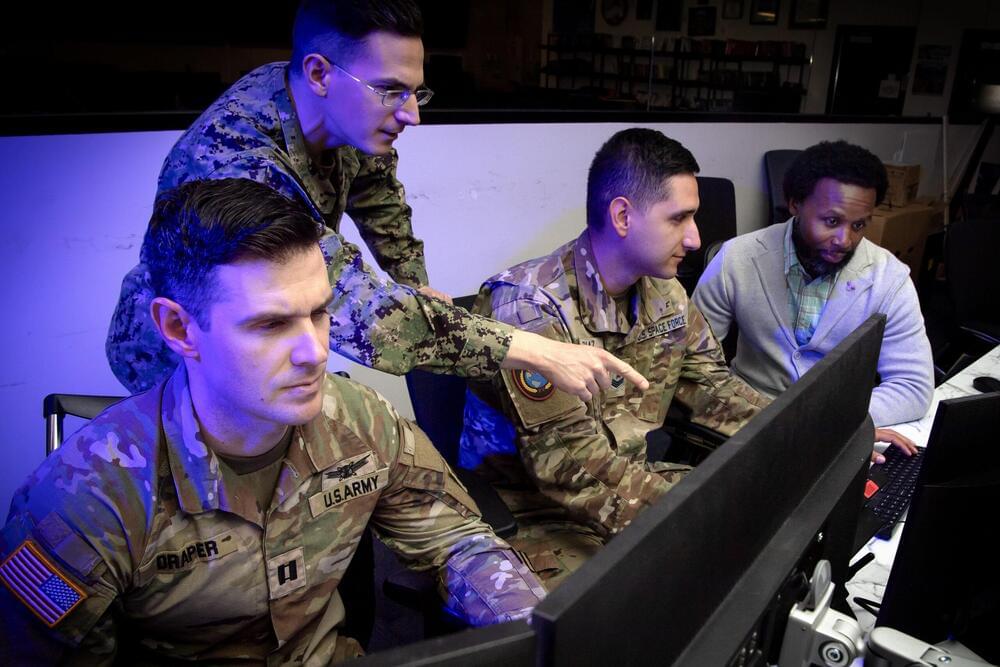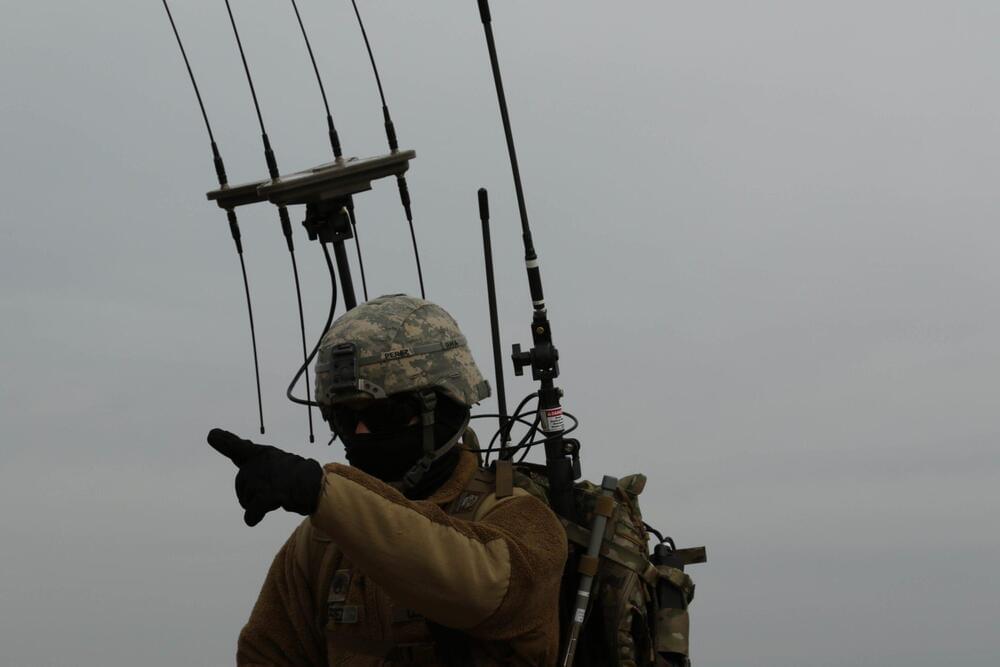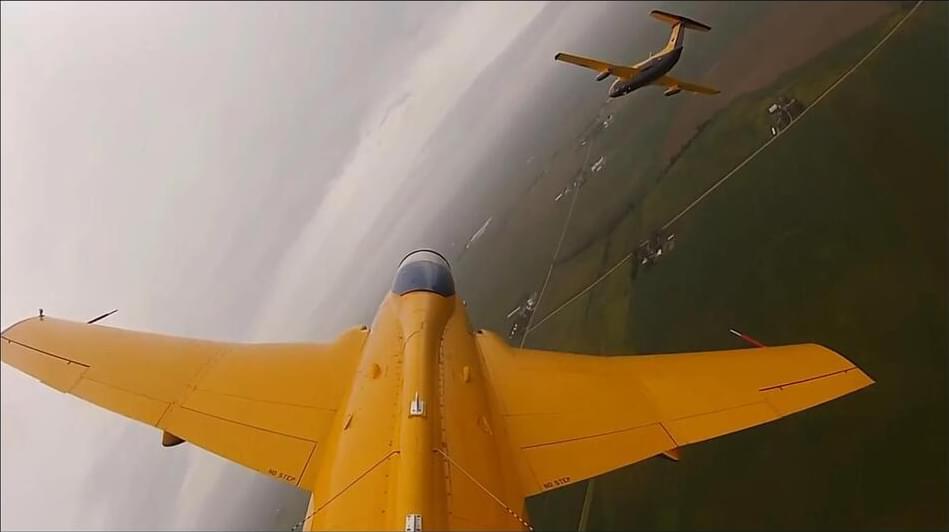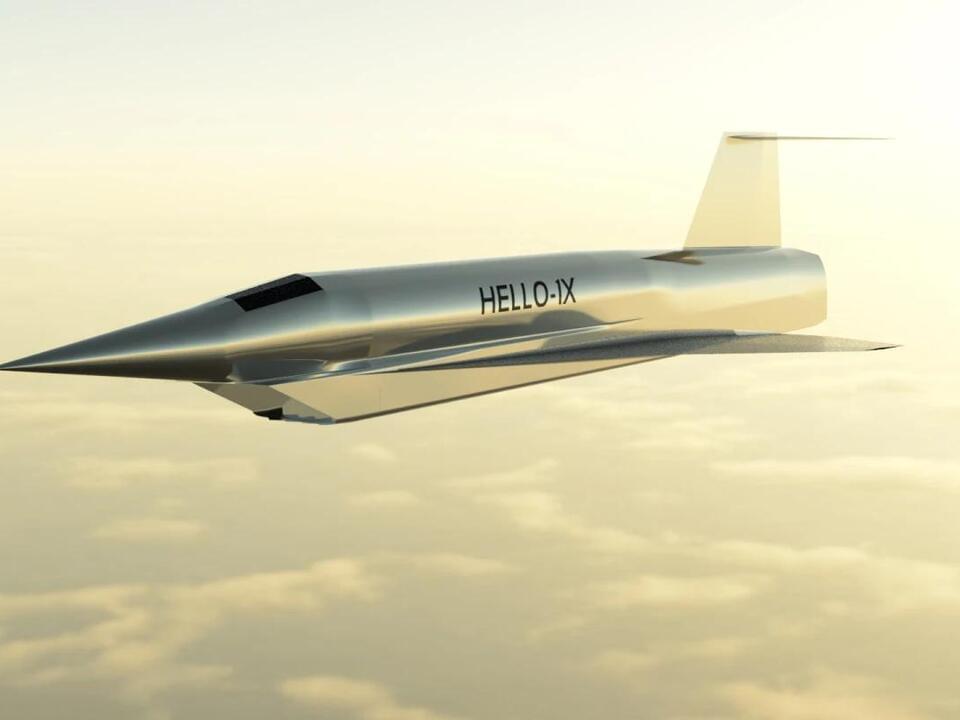
Bell Textron Inc., a Textron Inc. company, has been down-selected for Phase 1B of U.S. Defense Advanced Research Projects Agency (DARPA) Speed and Runway Independent Technologies (SPRINT) X-Plane program. The SPRINT program intends to design, build, and fly an X-Plane, an experimental aircraft to demonstrate enabling technologies and integrated concepts necessary for a transformational combination of aircraft speed and runway independence for the next generation of air mobility platforms. In Phase 1A, Bell executed conceptual design review and will move into preliminary design efforts for the SPRINT X-plane. Bell completed risk reduction testing at Holloman Air Force Base in late 2023, showcasing folding rotor, integrated propulsion, and flight control technologies.
The SPRINT X-plane is intended to be a proof-of-concept technology demonstrator and its flight test program seeks to validate enabling technologies that can be scaled to different size military aircraft. Bell is building on its investment in High-Speed Vertical Takeoff and Landing (HSVTOL) technology and past X-plane experience to inform the X-plane development for this program. Bell’s HSVTOL technology blends the hover capability of a helicopter with the speed (400+ kts), range, and survivability of jet aircraft. Bell has developed high-speed vertical lift technology for more than 85 years, pioneering innovative VTOL configurations like the X-14, X-22, XV-3 and XV-15 for NASA, the U.S. Army and U.S. Air Force, and continues to build on its proven history of fast flight from the Bell X-1.
Advertorial Video
















